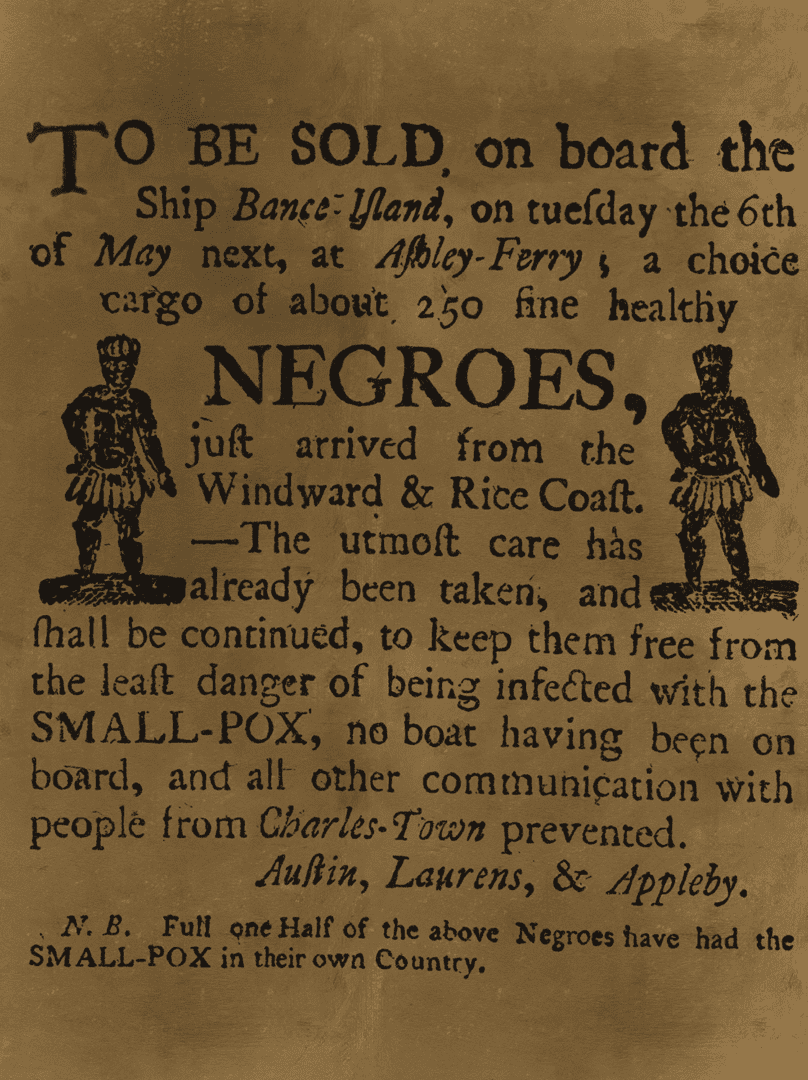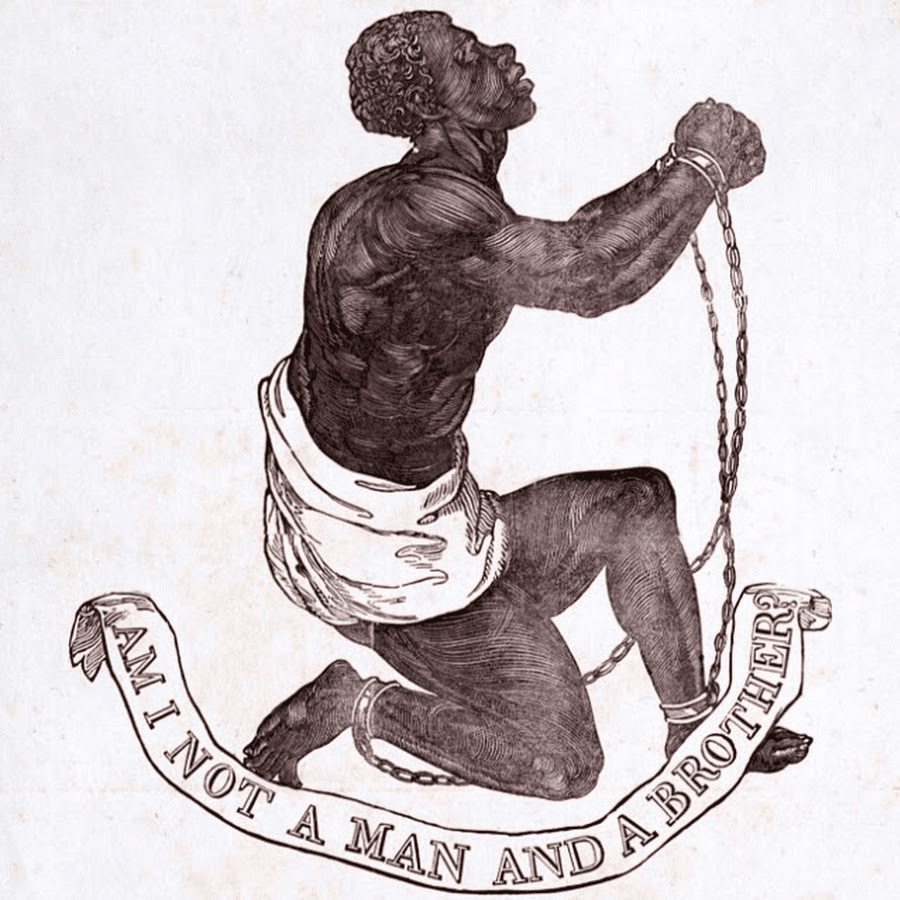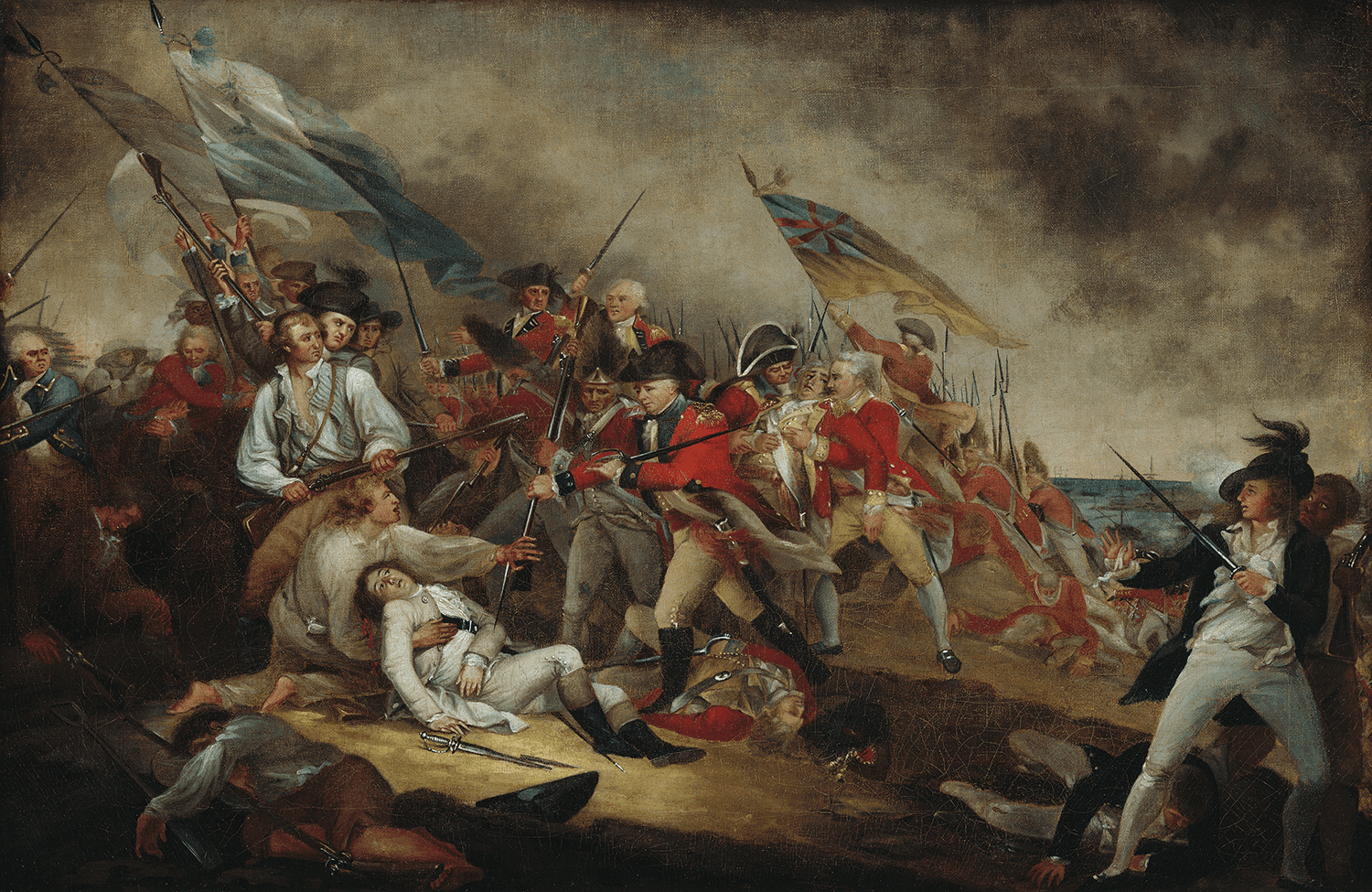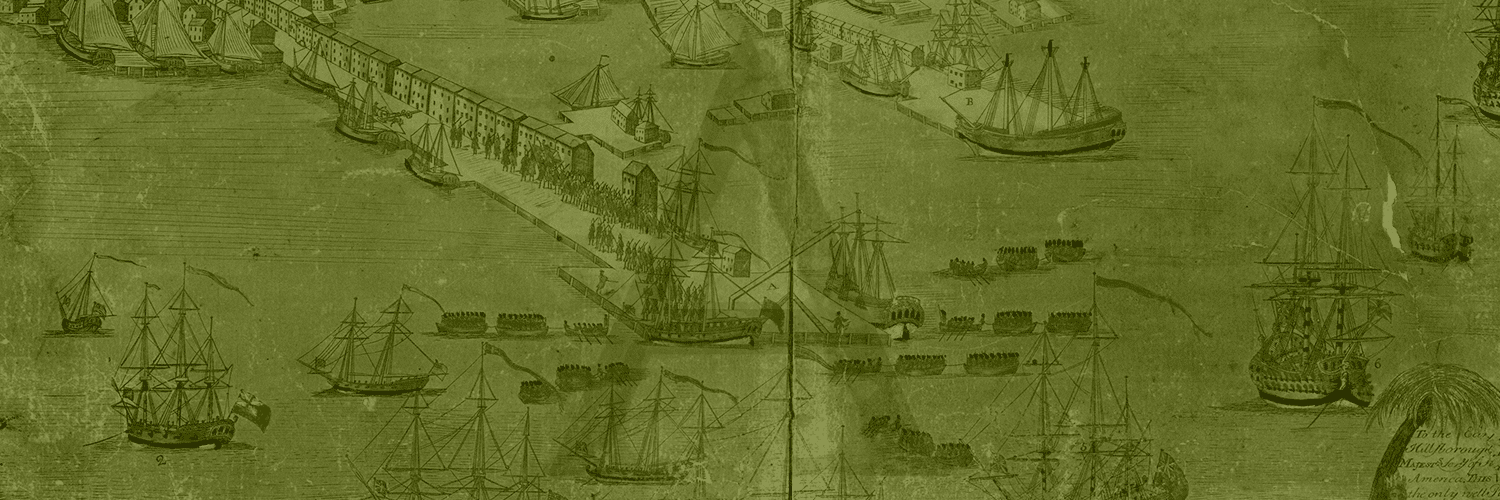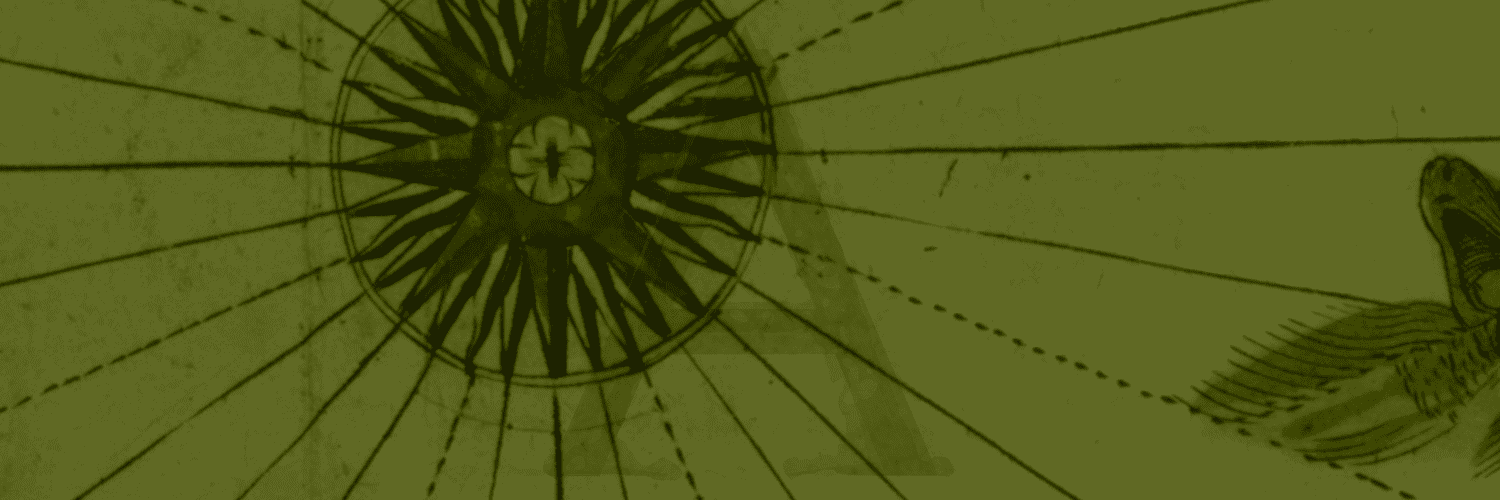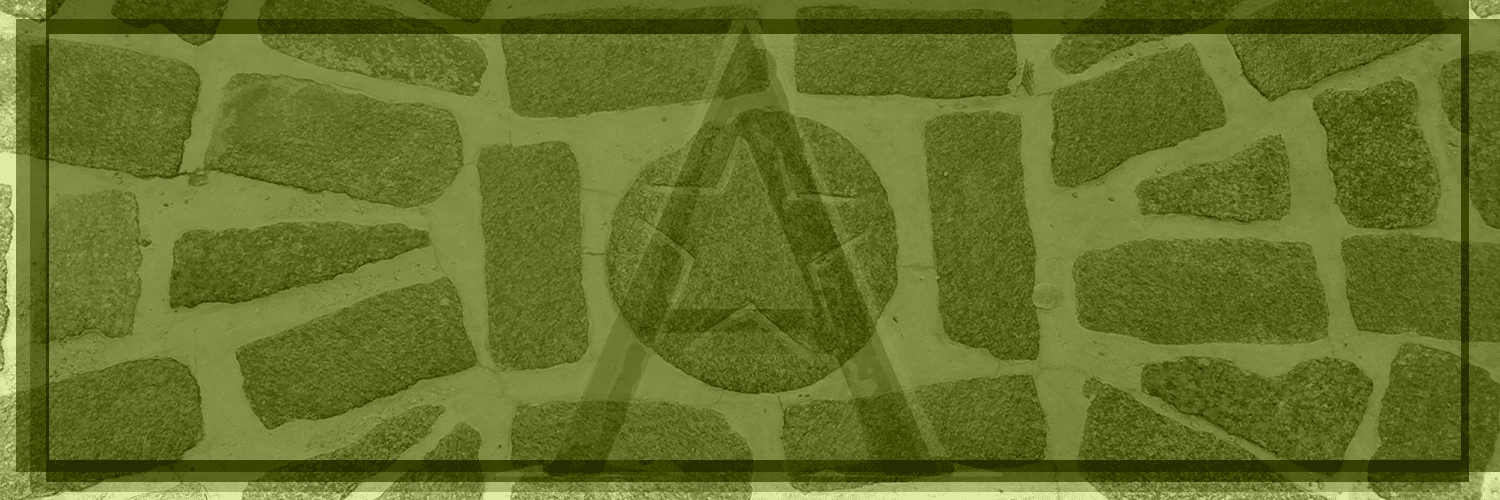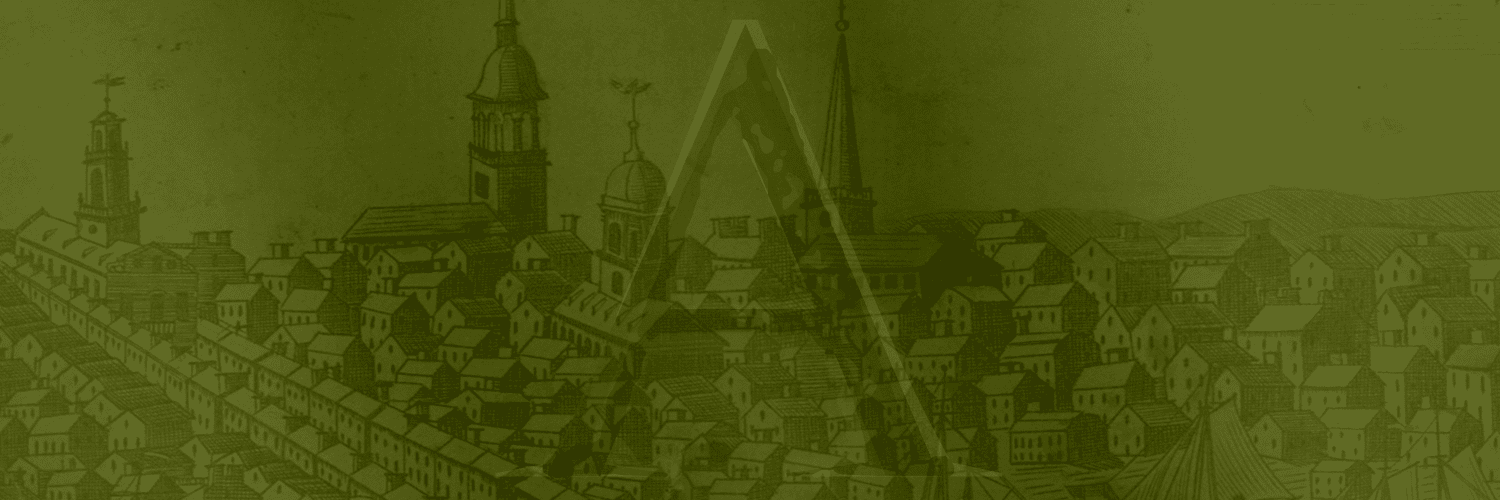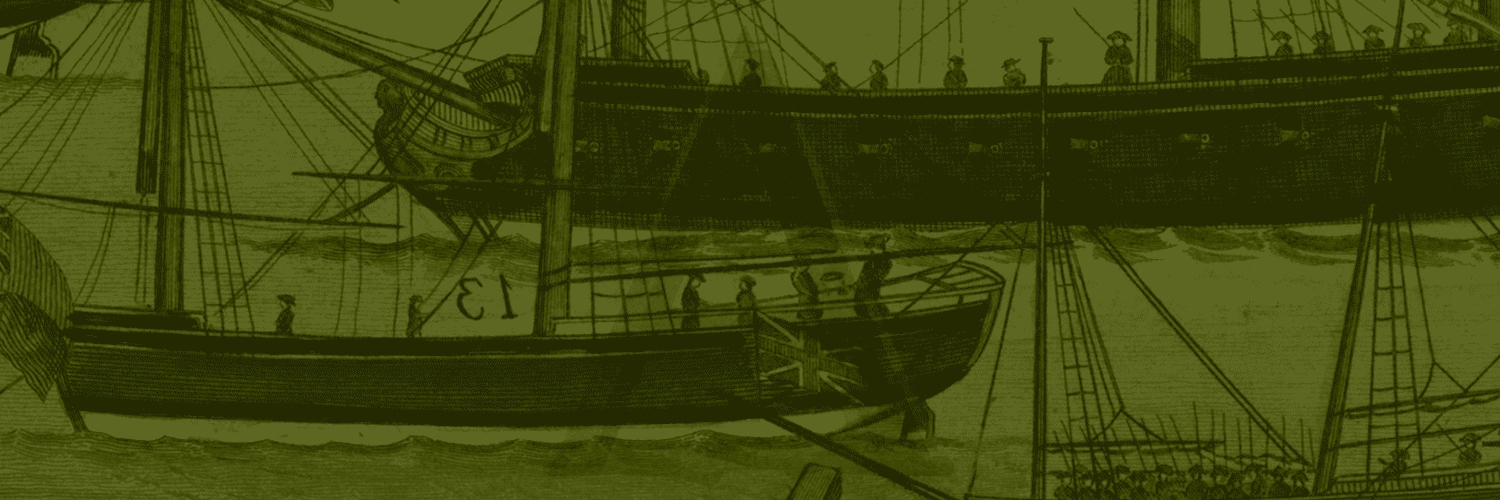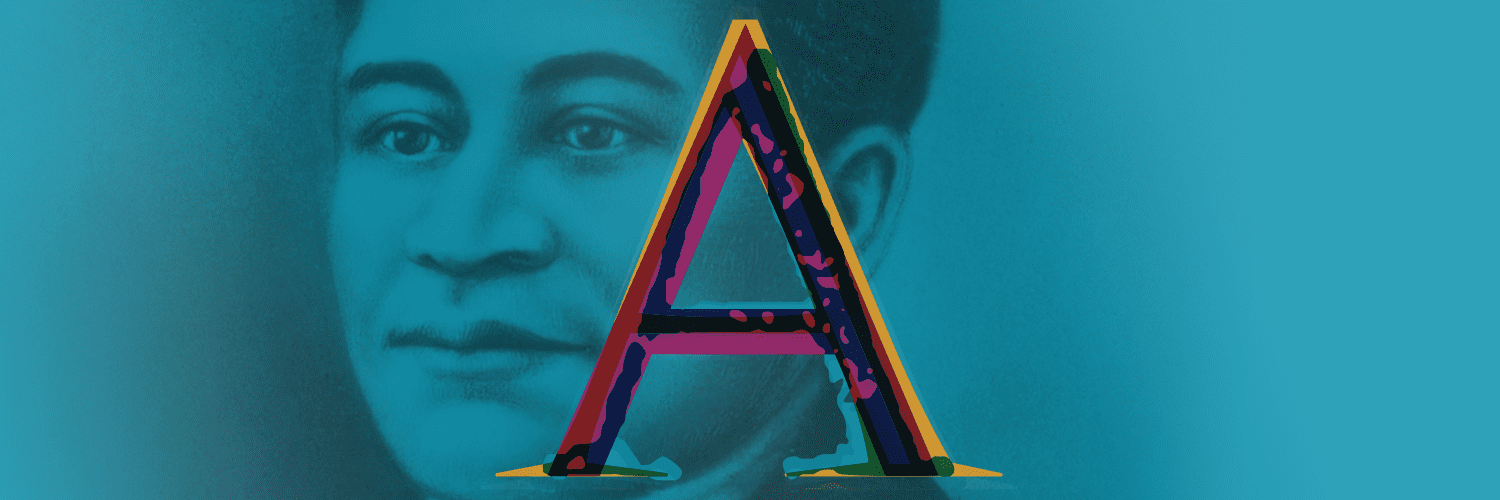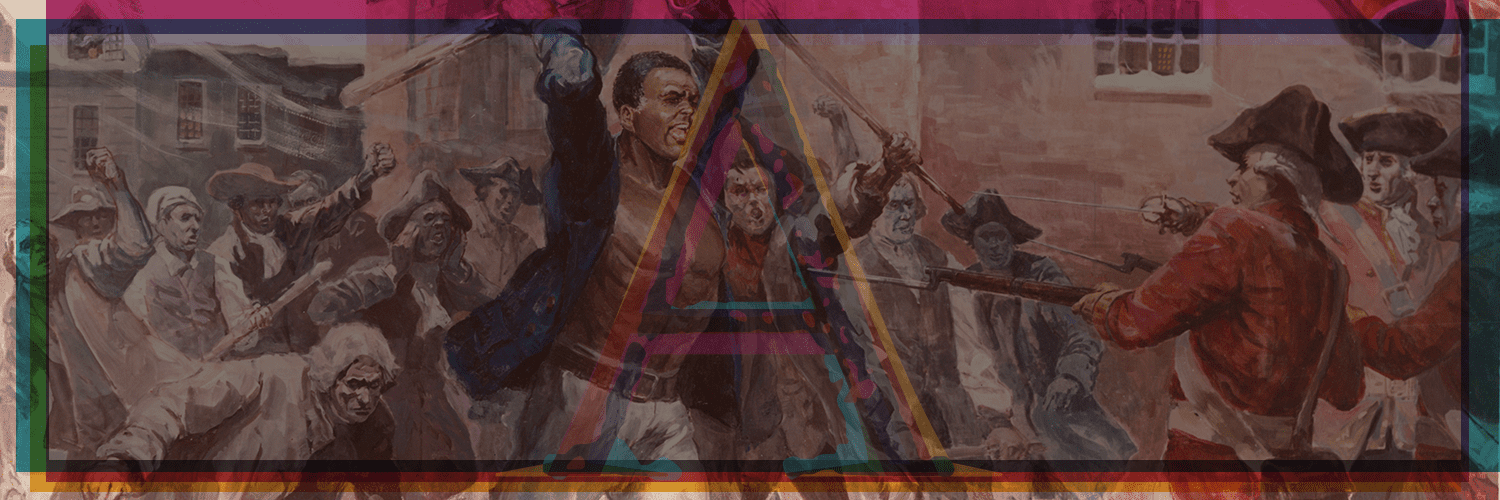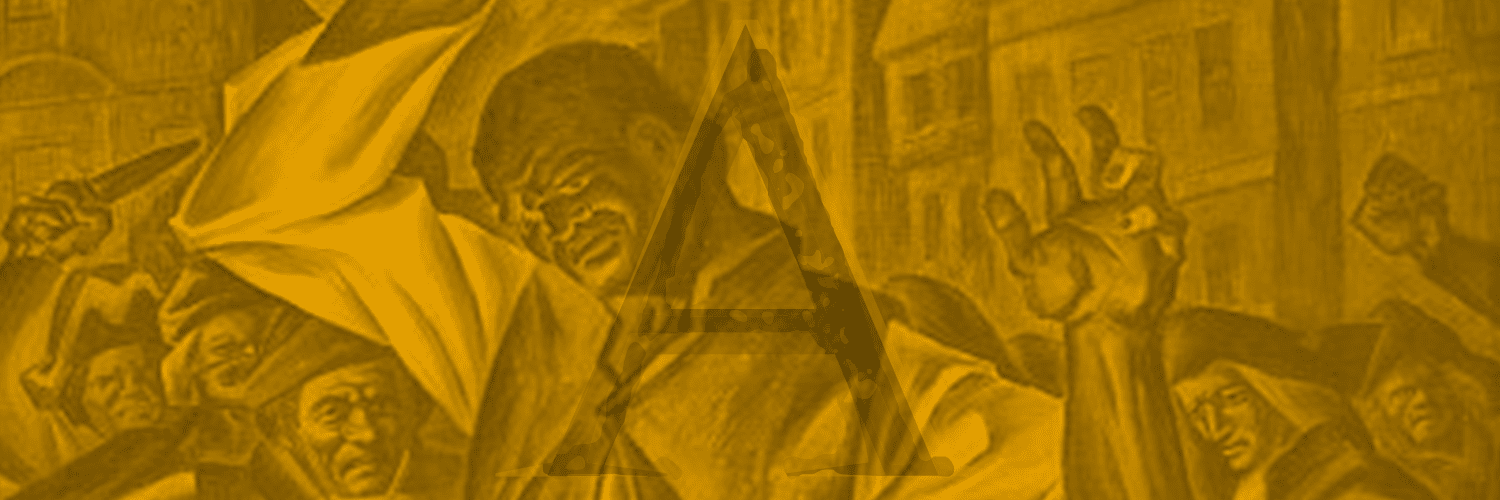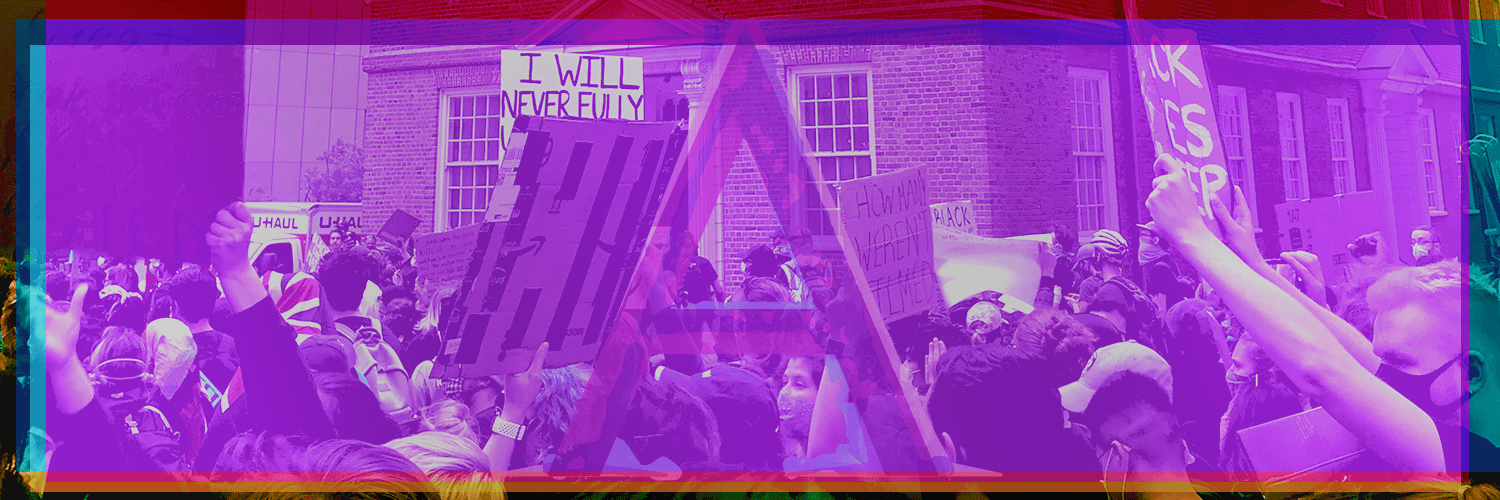Connection to Black Communities
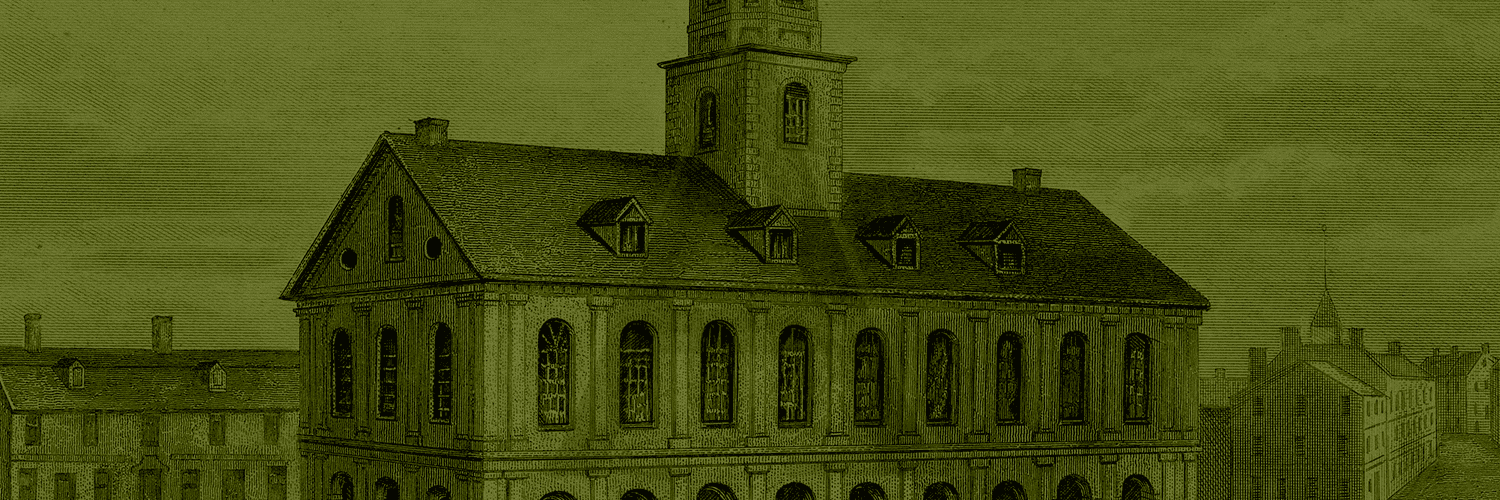
Assuming Attucks had visited Boston during his travels, he would have interacted with Bostonians of African descent, both enslaved and free. By the 1760s, these African Americans had created a place for themselves in the town and across the colony. During Attucks’s lifetime, many of these Black Bostonians demanded freedom in court. After Attucks’s death, Black men participated in all aspects of the conflict between the British and the colonists.
The first Africans arrived in Boston during the 1630s, and Massachusetts was the first North American colony to legalize slavery in its 1641 Body of Liberty. Puritan wealth and prosperity grew through Massachusetts’ involvement in the Atlantic slave trade. During Attucks’s lifetime, in the 1760s, over 4,000 enslaved people lived in Massachusetts. By the eve of the Revolution, about ten percent of Boston’s population was Black.
The small number of free Blacks in Massachusetts lived mainly in Boston. Some of these free Blacks purchased their freedom, ran away from slavery on their own, or gained freedom through manumission – the process through which slaveholders agreed to free enslaved people.
BOSTON ADVERTISEMENT FOR SLAVES
c. 1700
Reproduction by Katherine Livingston
Click image to view larger.
Enslaved Africans were common in Massachusetts, especially in port towns like Boston and Salem where the enslaved were bought and sold. Africans were also enslaved in the farming communities west of Boston and Natick, including Framingham. By the time Attucks was born during the 1720s, Framingham farmers used a handful of enslaved men and women to till their soil, serve in their kitchens, and work in their homes.
As tensions grew between Massachusetts and Britain, African-descended peoples challenged slavery through the courts. In 1765, a “mulatto” woman named Jenny Slew sued for her freedom. Because she was born to a free woman, Slew argued that she was illegally enslaved. In 1766, she won her case, making her the first person in Massachusetts to obtain freedom in a jury trial.
During the 1770s, a few years after Attucks’s death, Blacks defined republican ideas of freedom and liberty to challenge slavery across Massachusetts. In 1773, Felix Holbrook (c. 1743-1794) and Prince Hall (c. 1735-1807) petitioned the colonial legislature to end slavery. In multiple petitions, they argued that people of African descent had “in common with all other men a natural right to our freedoms.”
Although Holbrook’s and Hall’s petitions failed to end slavery, additional lawsuits succeeded once the Massachusetts constitution was ratified in 1780. Enslaved Blacks Quock Walker (1753-unknown) and Elizabeth “Mumbet” Freeman (c. 1744-1829) sued for their freedom based on the state constitution’s assertion that “all men are free and equal.” Both won their cases, and slavery was effectively abolished in 1783.
OFFICIAL MEDALLION OF THE BRITISH ANTI-SLAVERY SOCIETY
Josiah Wedgwood (1730-1795)
1787
Medallion
Reproduction courtesy of Wikimedia Commons
Click image to view larger.
James Somerset was an enslaved man owned by Charles Stewart, a British customs officer who had served briefly in Boston. After they returned from Boston to England in 1769, Somerset escaped but was soon captured. Somerset sued, arguing he was unlawfully imprisoned. In 1772, a British court ruled that no law expressly permitted slavery in England, and therefore Somerset was set free. This ruling effectively abolished slavery in England and Wales while leaving it legal throughout the rest of the British Empire. The end of slavery on British soil inspired enslaved Africans in Massachusetts to petition for freedom in colonial courts.
Like all colonists, people of African descent in Massachusetts made sense of the colonial conflict and the war on their own terms. While some Blacks allied with the British, others identified with the colonists. Others allied with whichever group or faction appeared to serve their interests at the moment.
Like Attucks, Peter Salem (1750-1816) was enslaved in Framingham. Salem gained his freedom and joined a local militia that fought for the colonists during some of the first battles of the war. In contrast, Newton Prince (1733-1819), a free Black merchant, defied the Sons of Liberty. During the trial of the British soldiers who participated in the Boston Massacre, Prince provided key evidence that led to the soldiers’ acquittal. After the Revolution, when America became independent, Prince fled to Canada, like many loyalists. He spent the remainder of his life in London.
THE DEATH OF GENERAL WARREN AT THE BATTLE OF BUNKER’S HILL, JUNE 17, 1775
John Trumbull (1756-1843)
after 1815-before 1831
Oil on canvas
50.16 x 75.56cm (19 ¾ x 29 ¾ in.)
Gift of Howland S. Warren
1977.853
Photograph © 2020 Museum of Fine Arts, Boston
Click image to view larger.
Thousands of free and enslaved Black people joined the war against the British. Peter Salem was among the many free Black men who fought alongside white colonists at the battles of Concord, Lexington, and Bunker Hill in 1775. Salem is credited for firing the shot that killed Major John Pitcairn (1722-1775) at the Battle of Bunker Hill. Some scholars believe that Salem is the Black figure at the very left of the painting. Other scholars argue that Salem is the figure whose head can be seen below and to the left of the flags.


